Devil's eye (Scabiosa atropurpurea "Fire King") 0,3g, ~45 seeds
875 Ft
The devil's-eye(Scabiosa atropurpurea) is a native European flower, closely related to the buttercup and pale devil's-eye (Scabiosa ochroleuca and Scabiosa columbaria), which are also native to Europe. It produces much larger flowers, up to 5 cm in diameter, and can grow up to 100 cm tall. The devil's eye 'Fire King' is an annual species, but overwinters as a seedling. Its stems can be supported in a bushy position, and it can lie a little in a windy spot. All devil's eyes are a magnet for bees and butterflies! From mid summer to autumn it sheds its flowers, which are not the last of the cut flowers. This is the red colour variation of 'Fire King'.
Features:
- Latin name: Scabiosa atropurpurea "Fire King"
- family: Caprifoliaceae/Dipsacoideae
- life cycle: annual
- flowering period: june-october
- size: 100-120 cm
- soil: dry
- growing area: sunny
- seeds origin: Germany
- pollination factor: 10/10
1 packet 0,3 g - contains about 45 seeds.
For betting suggestions and more details, scroll down.
Csak 1 maradt készleten
Description
The devil's-eye(Scabiosa atropurpurea) is a native European flower, closely related to the buttercup and pale devil's-eye (Scabiosa ochroleuca and Scabiosa columbaria), which are also native to Europe. It produces much larger flowers, up to 5 cm in diameter, and can grow up to 100 cm tall. Devil's Eye Fire King is an annual species, but overwinters as a seedling. Its stems can be supported in a bushy position, and it can lie down a little in a windy spot. All devil's eyes are a magnet for bees and butterflies! From mid summer to autumn it sheds its flowers, which are not the last of the cut flowers. This is the red colour variation of 'Fire King'.
Features:
- Latin name: Scabiosa atropurpurea "Fire King"
- family: Caprifoliaceae/Dipsacoideae
- life cycle: annual
- flowering period: june-october
- size: 100-120 cm
- soil: dry
- growing area: sunny
- seeds origin: Germany
- pollination factor: 10/10
Sow the seeds in spring in prepared soil or pots. It is worth planting to increase the germination rate. You can start planting indoors in February, outdoors from April. Do not cover the seeds with soil, they germinate in the light! Press the seeds down so they are in good contact with the soil and water them. Keep the soil moist for the first few weeks. You can plant the seedlings in April. Annual flower by 10-12 weeks after sowing. Can also be sown in winter. Enjoy the spectacle!
It's also a perfect little plant to replace spring bulbs: once they have opened, it will shed its flowers from mid-summer.
More information
| Mass | 4 g |
|---|---|
| Lifecycle | |
| Species | |
| Demand for light | |
| Dispensing | |
| Special feature | ornamental, beginner, pollinating factor 10/10, butterfly attractant, dry flower, cut flower, Zita's favourite |
| Height | |
| Quantity | |
| Ancestry | |
| Colour | |
| Talaj | |
| Flowering month | |
| Water demand |
Only users who are logged in and have already purchased the product can write a review.
Related products
-
Add to wishlistAdd to wishlist
-
Add to wishlistAdd to wishlist
-
-
Add to basket
- Add to wishlistAdd to wishlist
Add to wishlistAdd to wishlist -
Add to basket
-
-
Add to basket
- Add to wishlistAdd to wishlist
Add to wishlistAdd to wishlist -
Add to basket
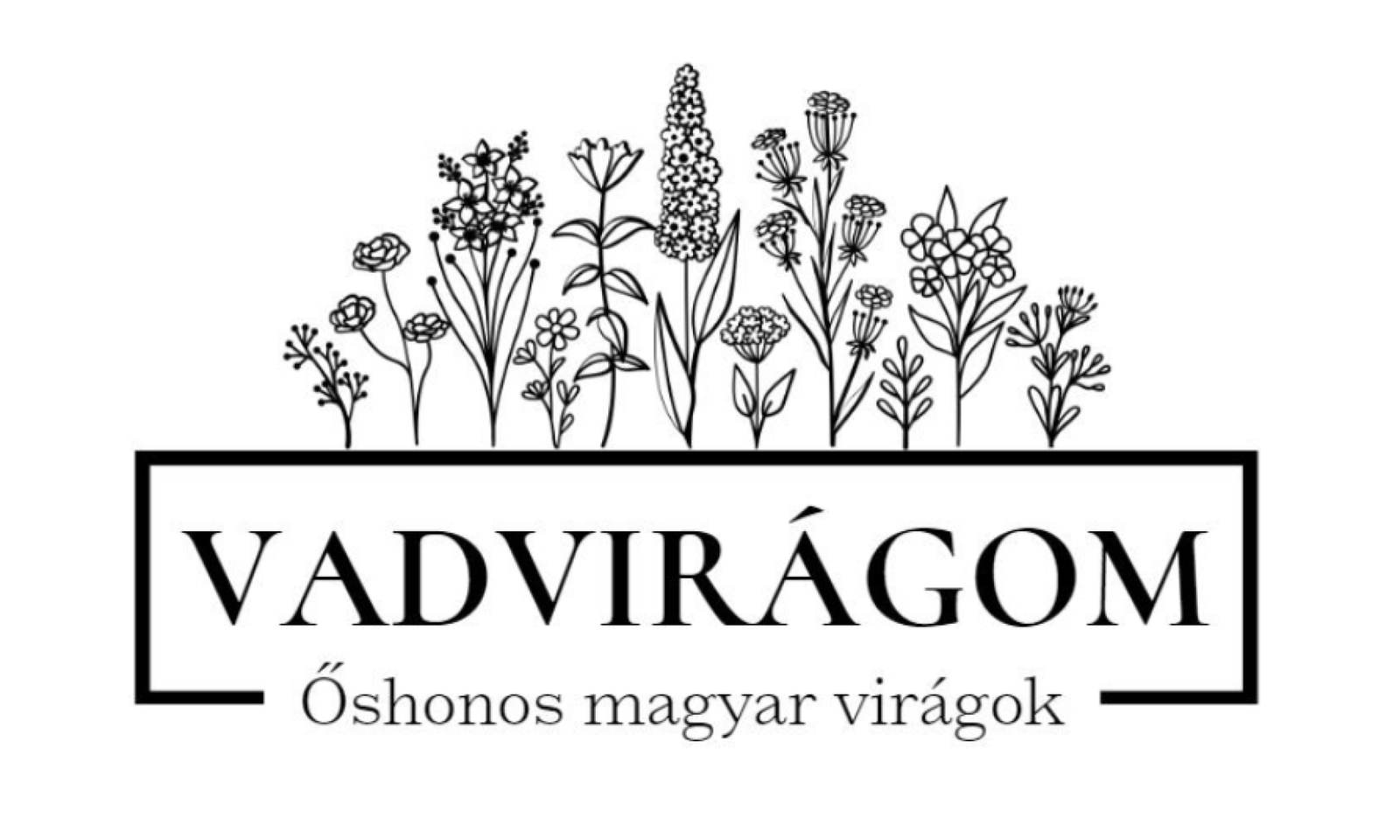

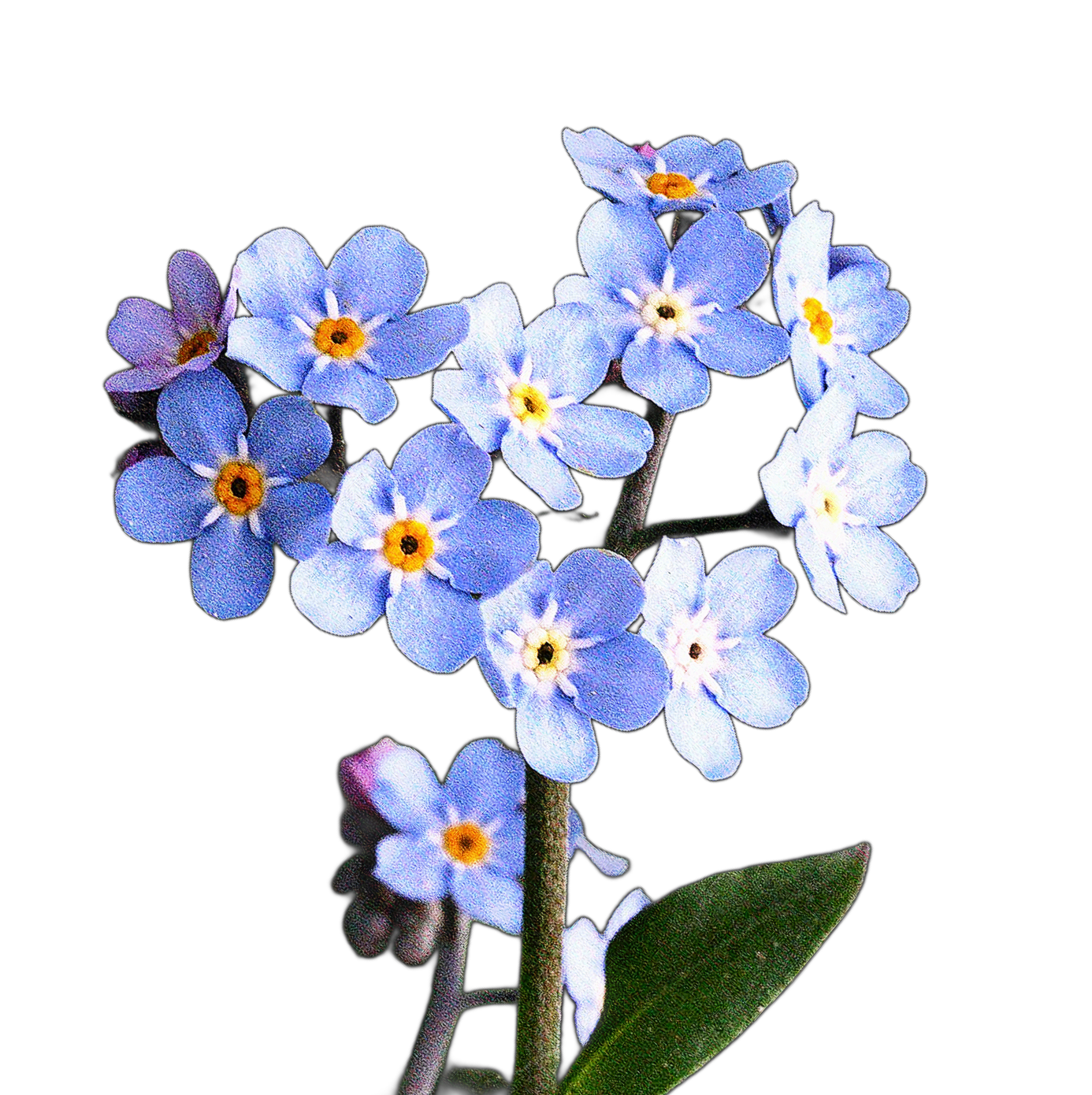
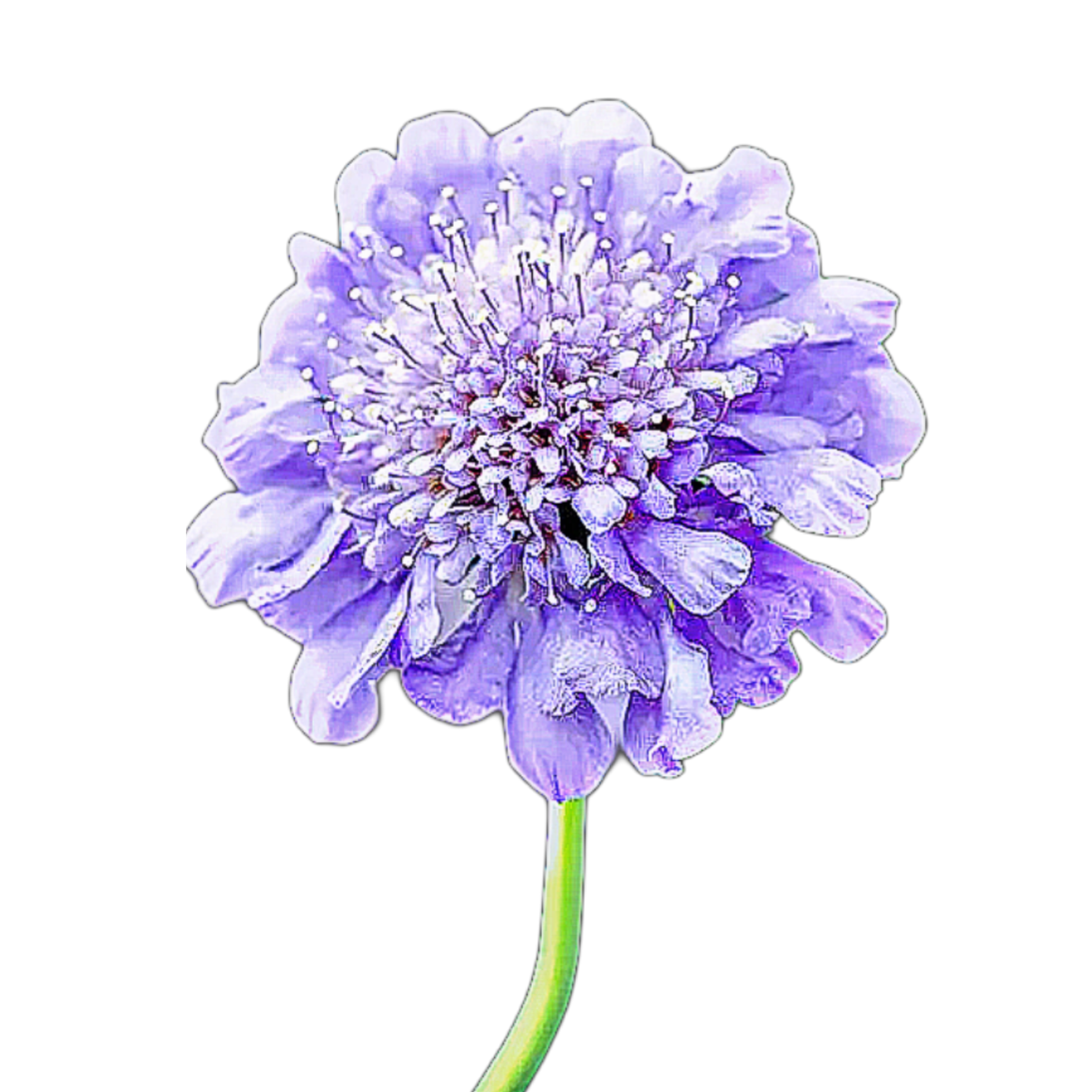
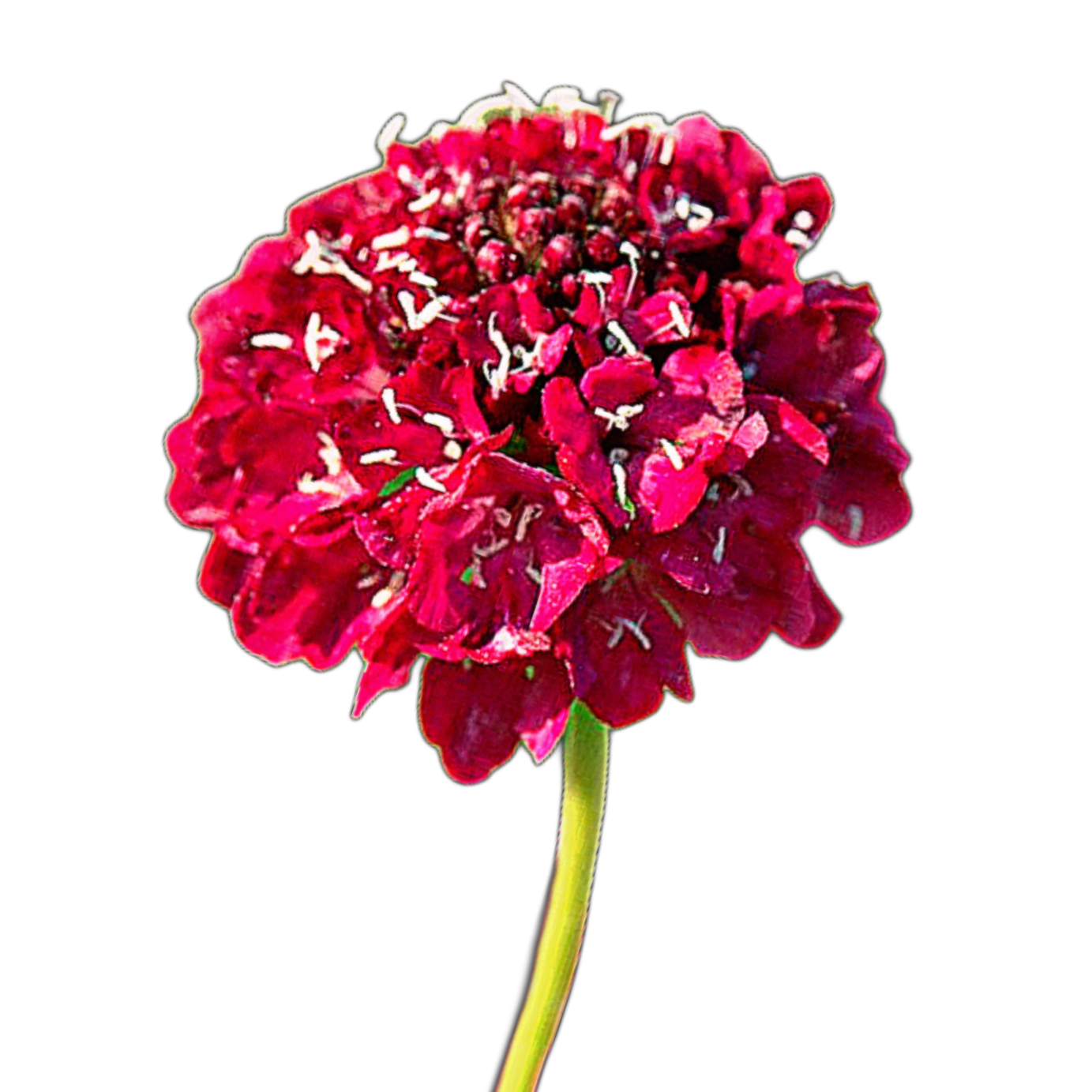
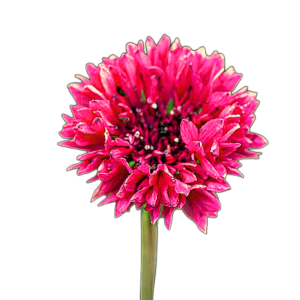

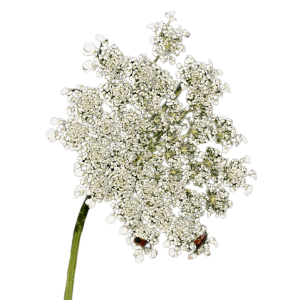

Reviews
No reviews yet.